This Great American Drive will compel you to sing the Stars & Stripes and purchase a long, black duster. Be prepared.
The Black Hills (Pahá Sápa in Lakota) are an isolated mountain range rising from the Great Plains of North America in western South Dakota. The range extends into Wyoming. The hills are covered in trees, an effect that gives them a darkened appearance from a distance. The dusky corner was distinctive enough to garner the name “black hills.”
The grandeur of granite rising from the cliffs of Mt. Rushmore will in one upward glance sweep away any countryman’s negative sentiments. And impress the hell out of everyone else. Mt. Rushmore is but one impressive sight however, among the many packed into South Dakota’s southwestern corner.
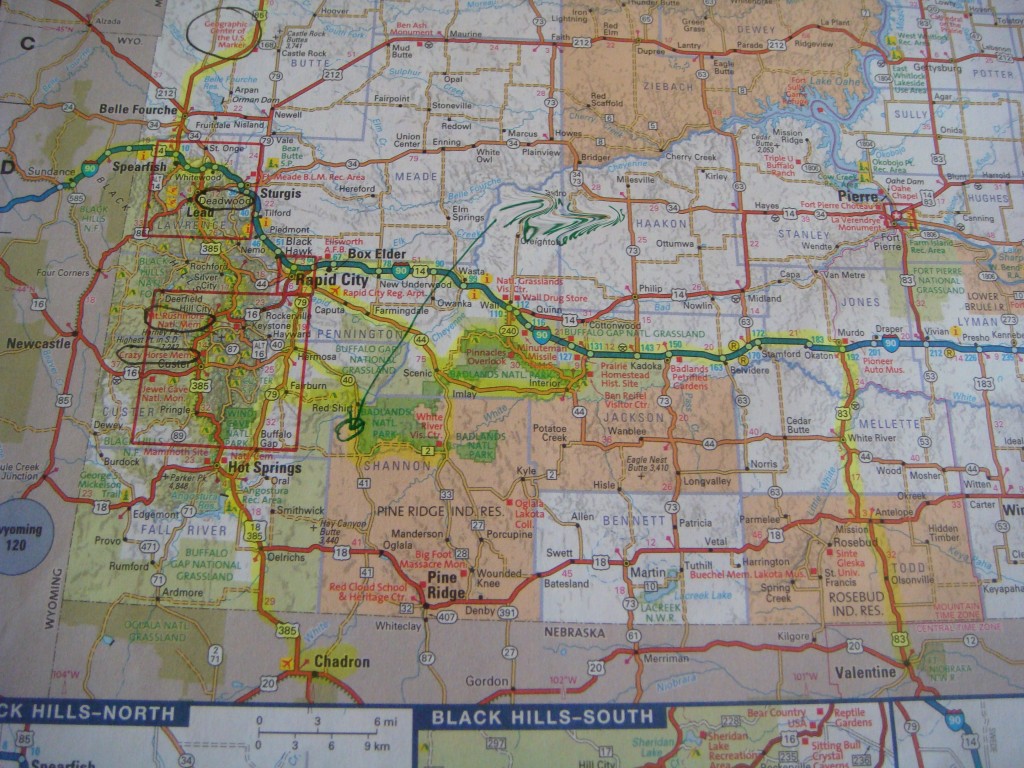
Atlas Map of the Black Hills Area
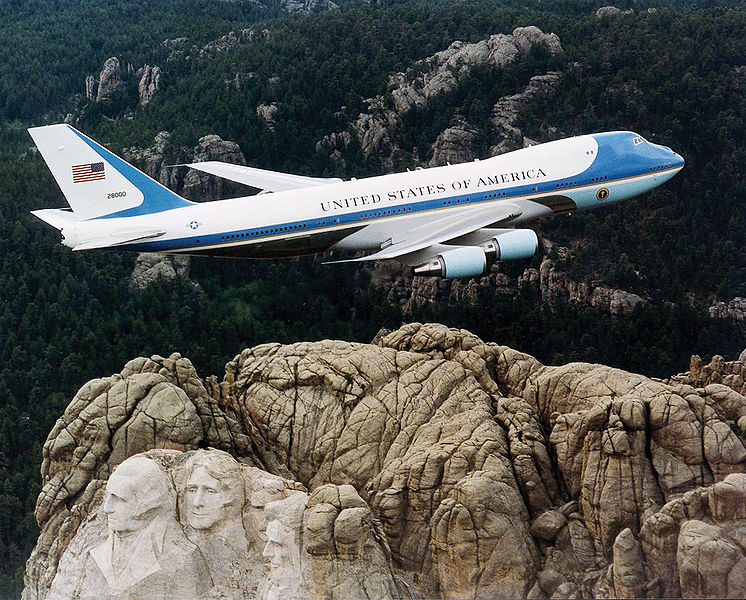
Air Force One over Mt. Rushmore. Wikimedia Creative Commons.
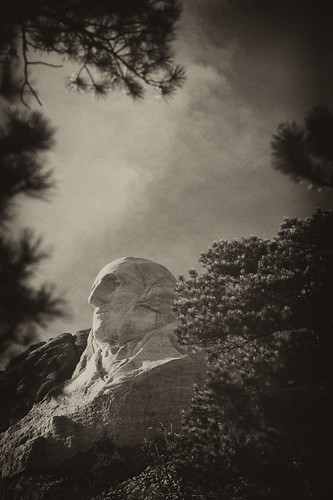
George Washington, Mt Rushmore
The Black Hills
Anchored by Rapid City (airport code RAP), the Black Hills area still echoes with the report of Wild West Colt pistols. You can wander through Native American Indian Reservations as you contemplate what to take in first — the sights of Mt. Rushmore featured on the big screen in National Treasure: Book of Secrets, the cavernous limestone formations of Badlands National Park, Sturgis or the frontier town of Deadwood. Throw in the Crazy Horse Memorial, Custer State Park, Wind Cave National Park, the 1880 Train, Buffalo Gap National Grassland, the Geographic Center of the U.S., the Minuteman Missile National Historic Site, Jewel Cave National Monument, or the Mammoth Site, and a week’s vacation can be easily spent in one of the most scenic and pivotal historic areas of the lower 48 states. And that’s before you even cross into Wyoming.
Forget the guidebook, you’ll need only your Atlas and a penchant for discovery.

Badlands, South Dakota — Tammie Dooley all rights reserved.
The Route: starting in Rapid City
Interstate 90 East of Rapid City will deliver you to Wall, South Dakota. If you’re already parched or ready for a stop, the Wall Drug Store offers refreshment, take in the National Grasslands Visitor Center, or search for the Minuteman Missile Silo. From there 240 South will take you directly to the scenic drive around the North Unit of Badlands National Park. The loop ends at Interior. To continue into the South Unit’s 2.7 million acres of sprawling erosion of the Pine Ridge Indian Reservation, proceed past Imlay to Scenic, turning South at the first/only turnoff. You’ll need to stop at the White River Visitor Center to get permission to proceed into the Reservation. West on Highway 2, then North on Highway 40 to Redshirt will complete the South Unit.
“Highway” 2 is a misnomer. The road is gravel, albeit wide and well maintained. Continuing past Redshirt on Highway 40 to Hermosa presents the choice of turning North on Highway 79 and back to Rapid City, or west on Highway 36 to 87 South to Custer State Park and Wind Cave National Park. From Wind Cave National Park you can easily hit 385 North taking you to Custer, the Crazy Horse Memorial, Mt. Rushmore, and the ‘1880 Train’ in Hill, as you progress northward.

Pine Ridge Indian Reservation

The area is deceptively compact. While distances aren’t great between any point (from Rapid City to Hot Springs on 79 is only 57 miles) you will not desire to cover any of it quickly. And the twists and turns of the roads preclude speed. While limited lodging is available in the smaller towns and in Badlands National Park, the high season summer months make day trips to and from your pre-reserved lodging in centrally located Rapid City conducive to combing the area.
Deadwood
Once you’ve exhausted the sights south of Rapid City, 385 will take you to Lead (as in lead a horse to water), Deadwood, the Geographic Center of the U.S. in Belle Fourche, and Sturgis to the East just off Highway 90. Either of these towns is worthy of securing lodging if you’re ready to venture past the Rapid City anchor. Summer is high season and Sturgis, along with towns in the area are choked with bikers for the annual Bike Week Rally the first week in August.
Deadwood is a personal favorite (fall only, please). Wild Bill and Calamity Jane are buried in the Mt. Moriah cemetery. Saloon 10 is where Wild Bill made famous the Dead Man’s poker hand of Aces & Eights when shot from behind by Jack McCall (hanged for his crime). The town, while a haven for gambling is replete with history and the nostalgic charm of false storefronts.
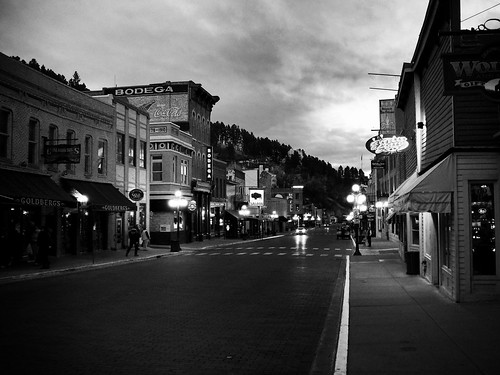
Deadwood, South Dakota
Regarding FOOD, if you’ve got a nose for chocolate on the road, stop by The Chubby Chipmunk for a fix.
For lunch, try Maverick’s. For dinner, Legends Steakhouse in the Franklin Hotel. While gaming seems to be steady, the restaurants in Deadwood have turnover. I’ve not eaten at either of these establishments, but Tripadvisor has both of these at the top of the list. Sadly, my favorites have closed since the last time I was in the area.
A Wyoming Detour: Devil’s Tower
Since you’re on the border and you could add another state-notch to your holster belt, why not venture into Wyoming? Devil’s Tower National Monument is a quick drive and well worth the time. Take Highway 90 to Sundance, Wyoming. From there head north on 14 for a few miles. Or if you’re sticking to the backroads, Highway 34 west out of Belle Fourche (turns into 24 at the Wyoming border) will get you there as well. Should you venture here during the off-season, don’t count on lodging nearby. There IS lodging, but…
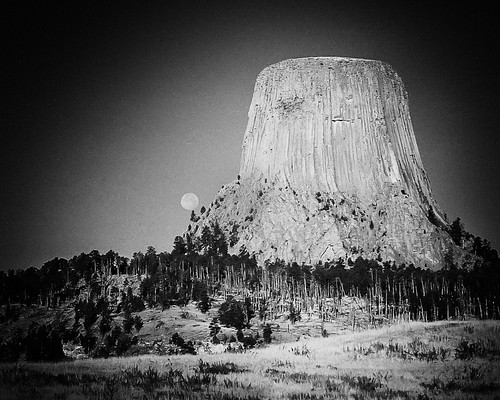
Devil’s Tower, Wyoming
President Theodore Roosevelt Proclaimed Devil’s Tower the first National Monument in 1906. Many Plains Indians have legends associated with “Bear’s Lodge” and consider it a sacred site. The Kiowas legend is that several families were camped by a stream where there were lots of bears. Seven little girls were playing away from their village and bears took chase. The girls ran and just as the bears were about to catch them, they jumped on a low rock. One of the girls began to pray. The rock began to push itself out of the ground raising the children higher and higher. The bears clawing their way to the top made the deep grooves. The rock continued to push the children upward into the sky so far they reside in the sky today as the pleiades star cluster.
WARNING: If you decide to venture out of Belle Fourche to locate the original Geographic Center of the U.S. or anywhere in the above discussed areas, BEWARE of Rattlesnakes.
Join the Road Trip Revolution at the Solo Road Trip Facebook Fan Page, here.
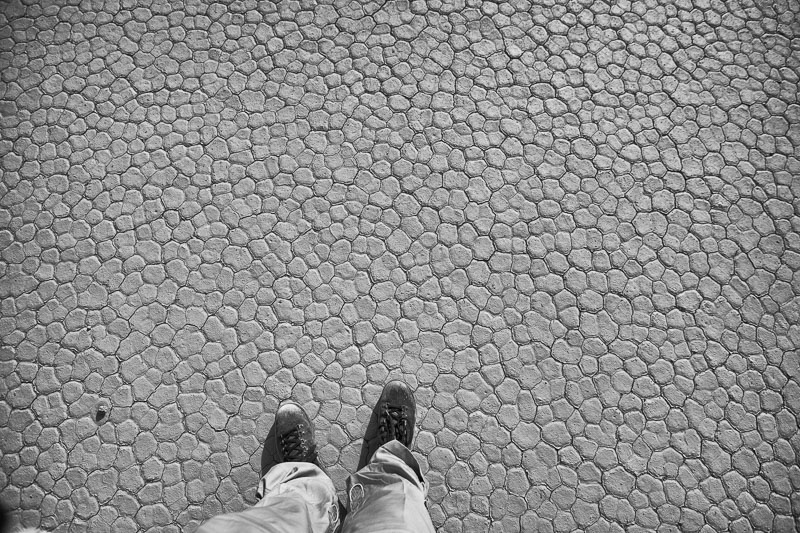
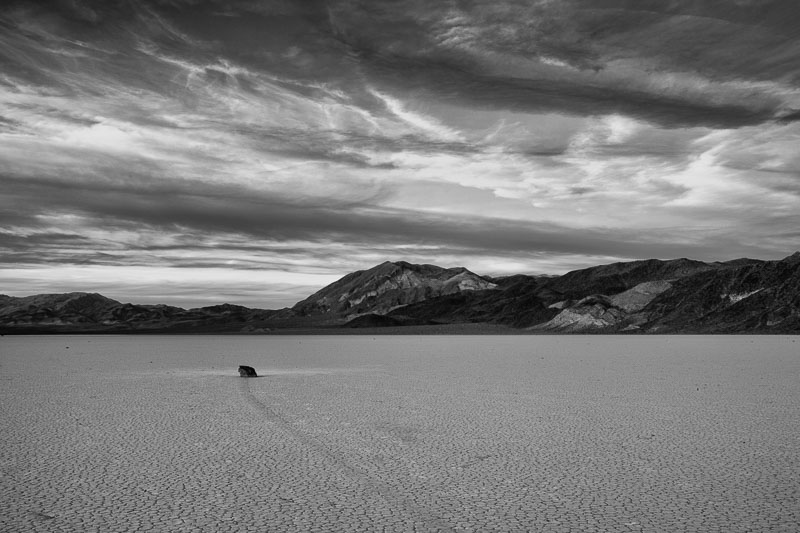
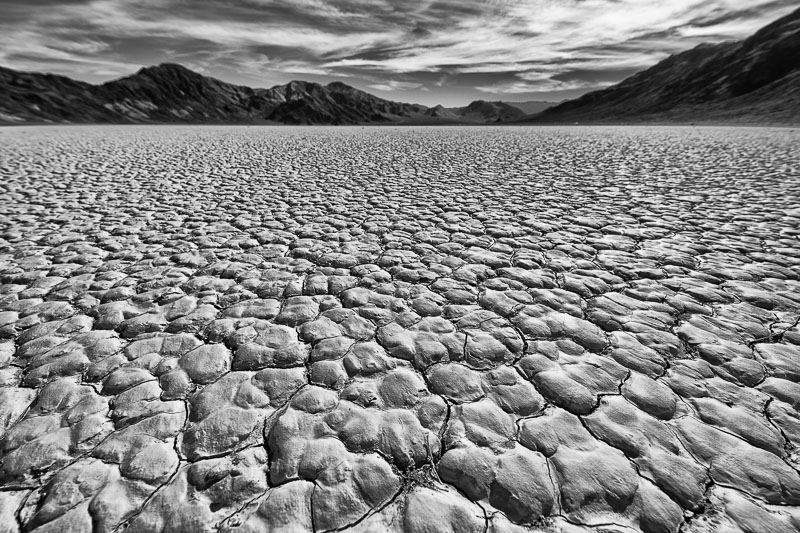
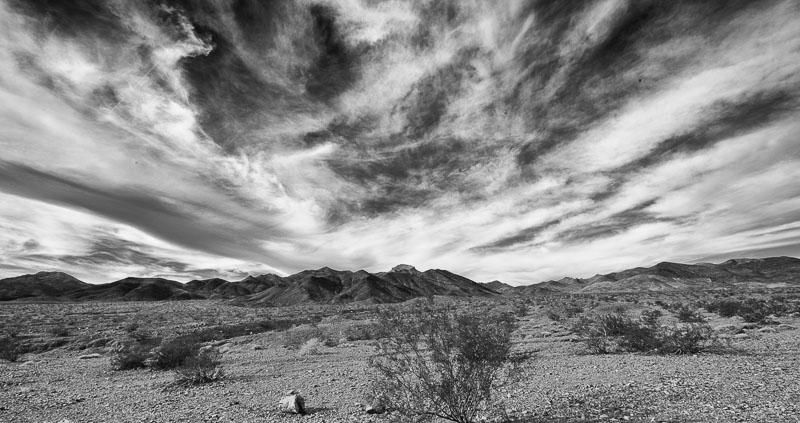
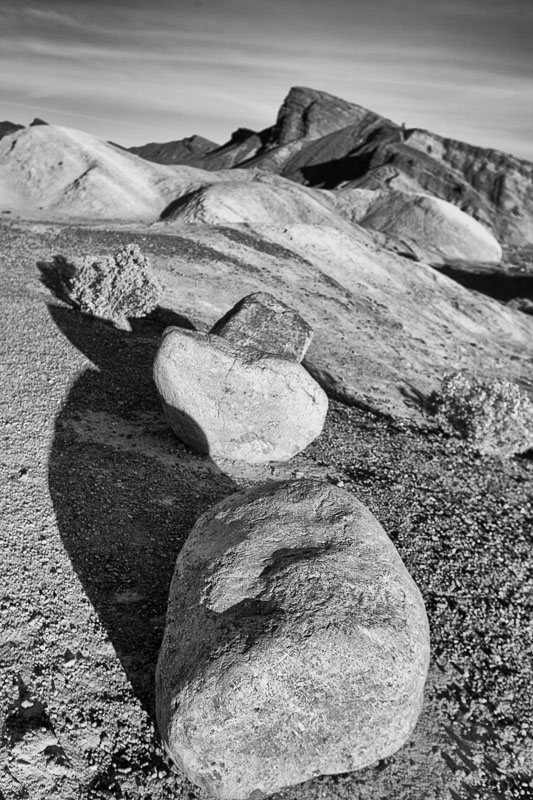
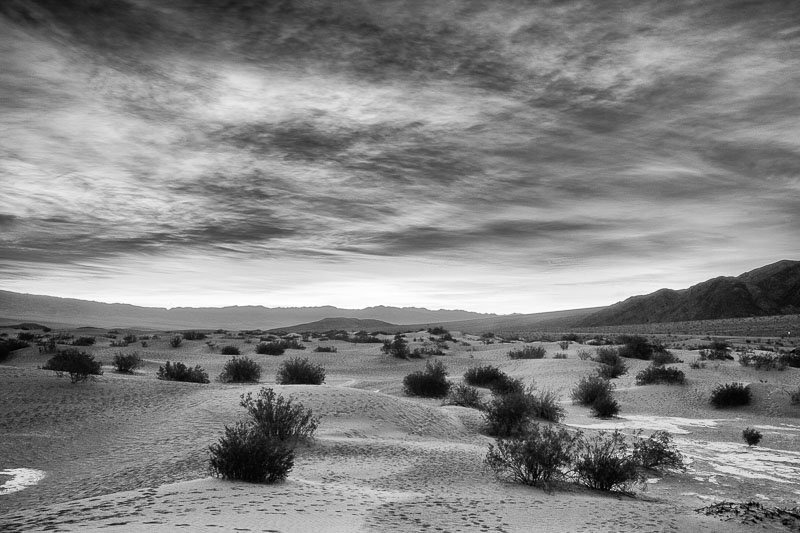

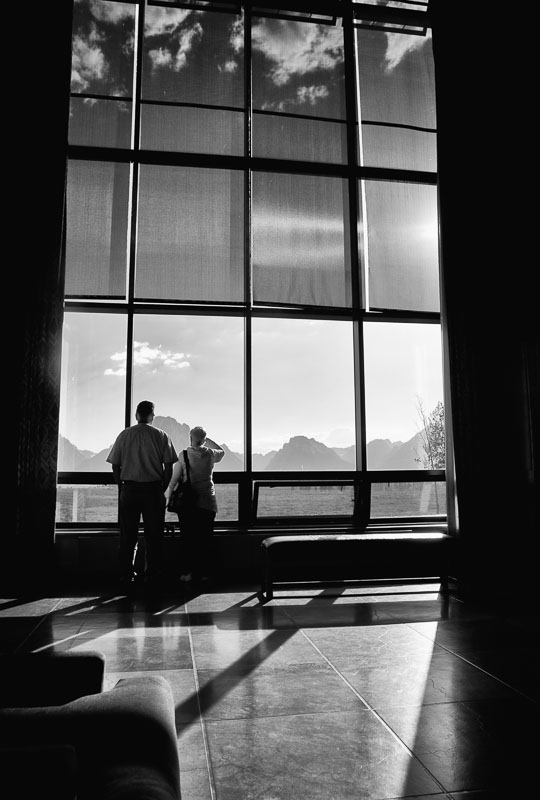
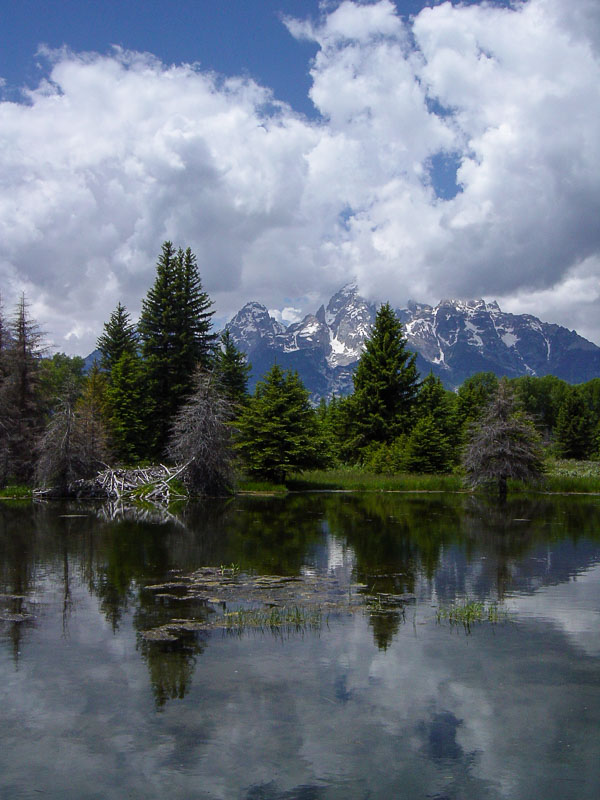
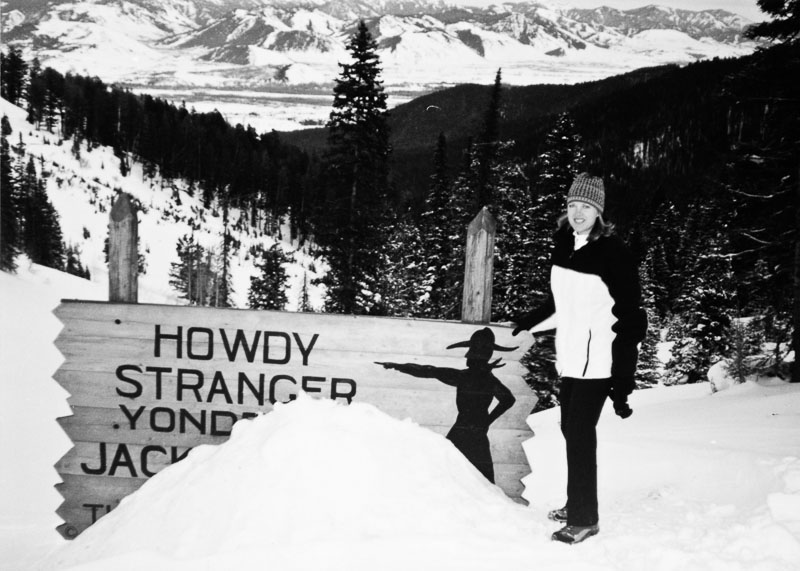
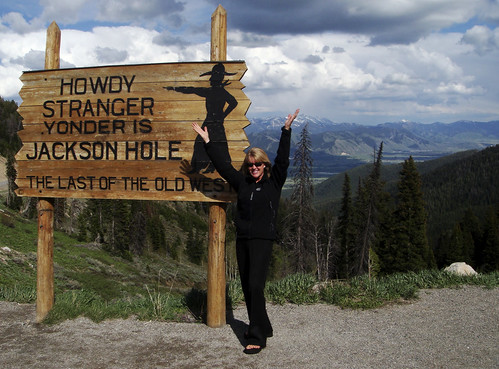
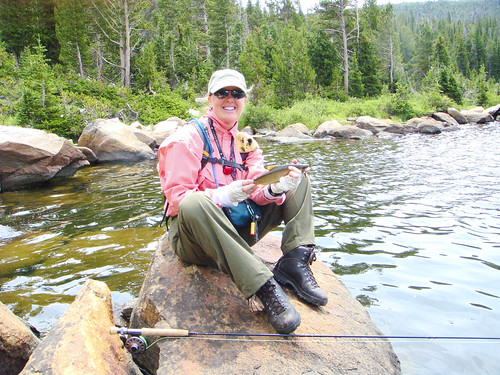
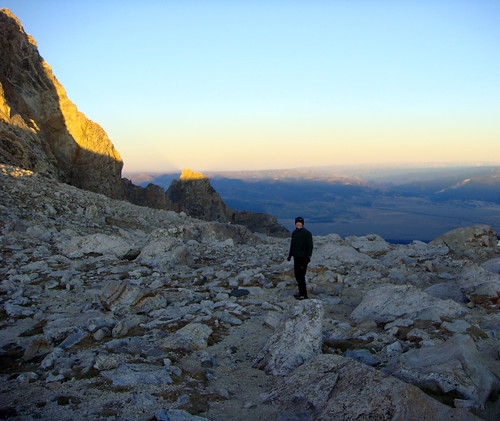

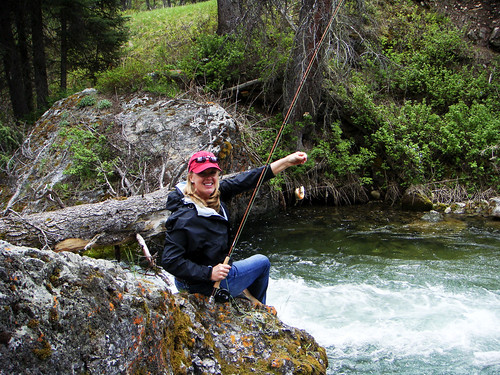
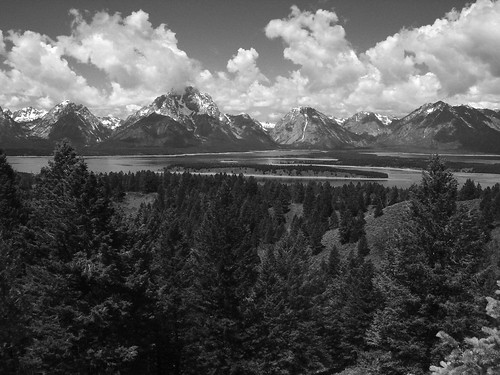

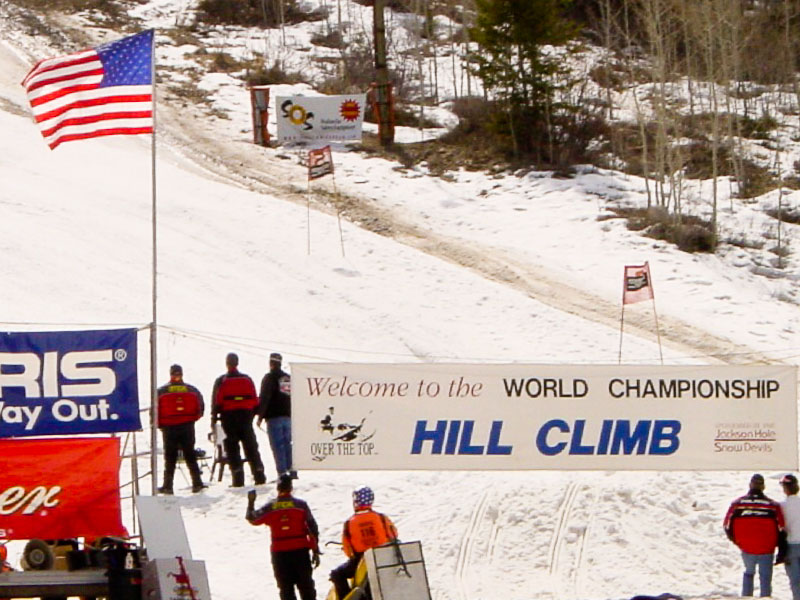
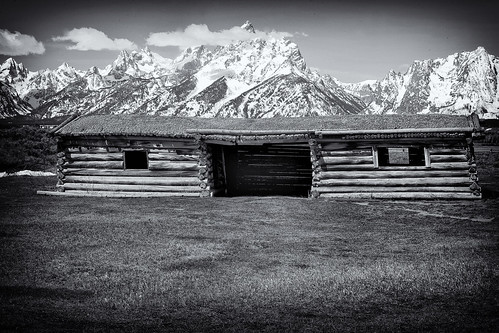








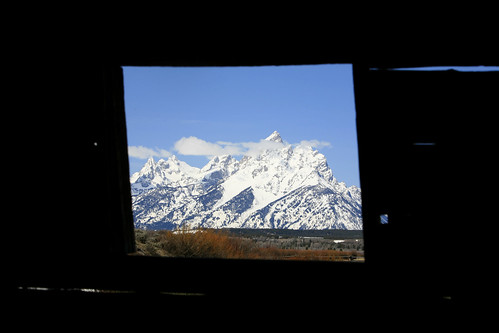
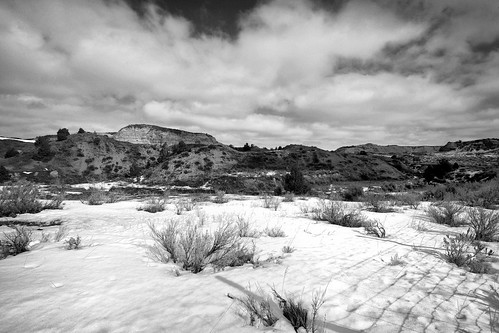
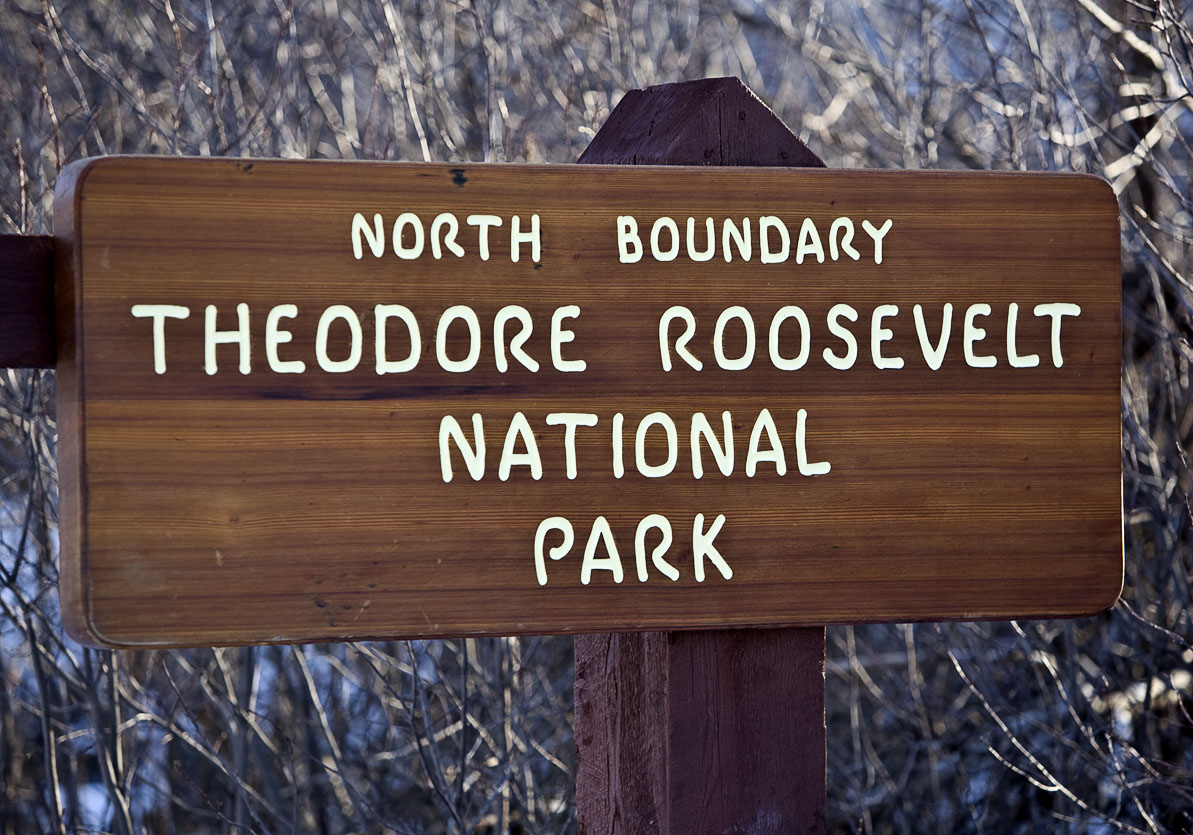


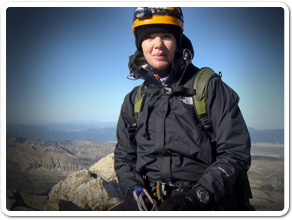
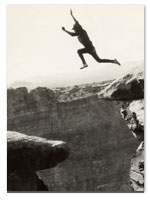 About SRT... I’m a traveler, writer and photographer for whom the open road frequently summons. Adventurous solo road trips are a staple for me, and a curiosity. So I created this website to share them and inspire you to step out and give them a try. Welcome!
About SRT... I’m a traveler, writer and photographer for whom the open road frequently summons. Adventurous solo road trips are a staple for me, and a curiosity. So I created this website to share them and inspire you to step out and give them a try. Welcome! 
